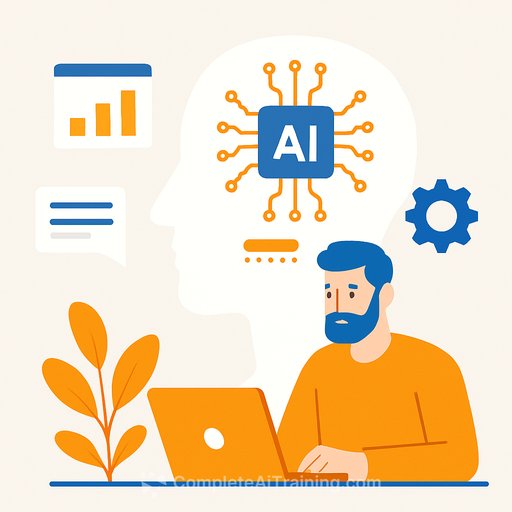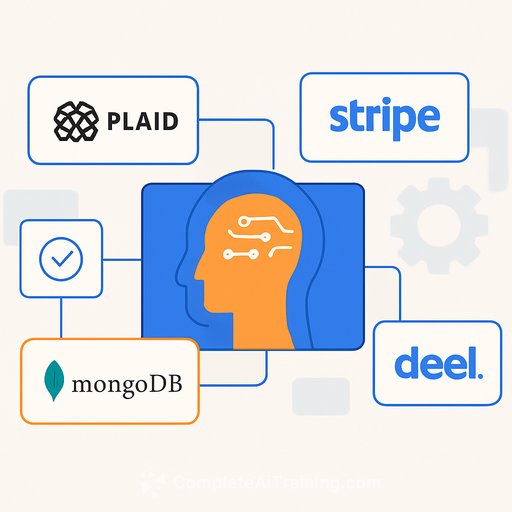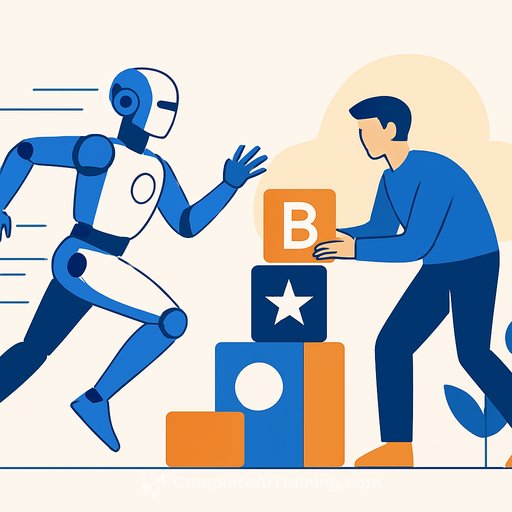Prompt Engineering Is Dead. Long Live Context Engineering!
Prompt engineering never was a strategy. It’s simply a way to get AI to deliver outputs based on input tweaks. You add a few tokens here, adjust tone there, and suddenly your chatbot sounds like a senior marketer. Sounds great, right? But that’s just an interface trick. AI didn’t actually understand your business—it was guessing based on patterns.
Scaling prompt engineering means scaling improvisation. And improvisation, no matter how eloquent, isn’t reliable. To drive real business impact, marketing and go-to-market teams need to stop relying on prompts alone. Instead, they must engineer context.
Why AI Can’t Scale Relevance with Prompts Alone
AI tools that rely on prompts can quickly generate content, but they don’t inherently understand your unique value, pricing nuances, or compliance requirements. They improvise—confidently and often incorrectly. When enterprises deploy generative AI widely without aligning it to their business, the result is surface-level activity, not meaningful outcomes.
According to a recent McKinsey report, while 78% of enterprises piloted generative AI, only 10% saw material profit and loss impact. The bottleneck is not the technology but how AI is architected and integrated.
Generic AI Produces Generic Results
If your AI system isn’t trained on what your company knows and prioritizes, it’s not your asset—it’s someone else’s. Left unmanaged, AI becomes a black box shaped by external priorities. This isn’t just an IT or digital team problem; it’s a strategic imperative for marketing, sales, and customer experience leaders. The next wave of AI success depends on designing systems that embed your unique business logic and knowledge.
Context Is the New Code
Effective AI doesn’t rely on clever prompts. It relies on access to your company’s structured knowledge. This means moving from generating outputs based on generic inputs to engineering AI context that reflects your ideal customer profiles, competitive advantages, content strategies, pricing rules, and sales insights.
AI needs to know—not guess—your business differentiators to truly align with your strategy.
AI Must Reflect What Makes Your Company Unique
Building AI on proprietary data shifts the focus from “How do we get the tone right?” to “How do we operationalize our beliefs and strategy?” It requires a mindset shift from experimentation to ownership. Early AI adoption was often a patchwork of free tools and quick fixes. That approach only works temporarily.
Expert-trained AI models don’t mean more data, but the right data: your sales motions, brand voice, product roadmaps, field insights, compliance frameworks, and competitive playbooks.
Treat AI as Infrastructure
Your company’s knowledge is an economic moat. Your AI systems should be treated like critical infrastructure—structured, versioned, governed, and embedded deeply into operations. This means building retrieval layers that surface relevant, approved knowledge and training models on proprietary content instead of open web data.
Success isn’t about speed but about signal—more resonance, less noise. Generic models trained on public data create commoditized outputs that won’t give you an edge.
Shift Focus from Velocity to Validity
Expert-trained AI doesn’t just speed up production; it expands what’s possible. But it requires a clear strategy, investment in knowledge capture, and new governance models. Without this, you risk more generalized AI guessing in specialized areas, leading to more content but less conversion, more outreach with lower engagement.
Worse, if your knowledge isn’t embedded in your AI systems, someone else’s logic will define your customer interactions and future revenue streams. Every quarter without a strategic AI re-architecture embeds generic outputs deeper into your processes, turning prompting into a rote process and hallucinations into decisions.
Building AI with Intent
Start by identifying what knowledge is unique to your company, where it lives, how it’s structured, who validates it, and how it’s accessed by teams and systems. From there, design retrieval-augmented generation (RAG) pipelines aligned to key business areas. Use embedding vector stores that capture your ICPs, playbooks, and product truths. Establish governance to assign knowledge owners and implement human-in-the-loop checks to ensure accuracy.
This is the path from AI experimentation to AI as a strategic infrastructure. The future isn’t about writing better prompts—it’s about embedding better logic.
If you manage pipeline, brand, content, or customer experience, this shift is your responsibility—not IT’s, procurement’s, or legal’s. Your strategy will either scale or get lost based on how you build your AI systems now.
Your team doesn’t need more AI tools. It needs the right AI—trained on the right knowledge and deployed where it truly matters. When your knowledge becomes part of your AI architecture, AI stops sounding smart and starts being genuinely useful.
For marketers ready to deepen their AI skills and learn how to build AI that aligns with business strategy, explore Complete AI Training’s marketing-focused AI courses.
Your membership also unlocks:






